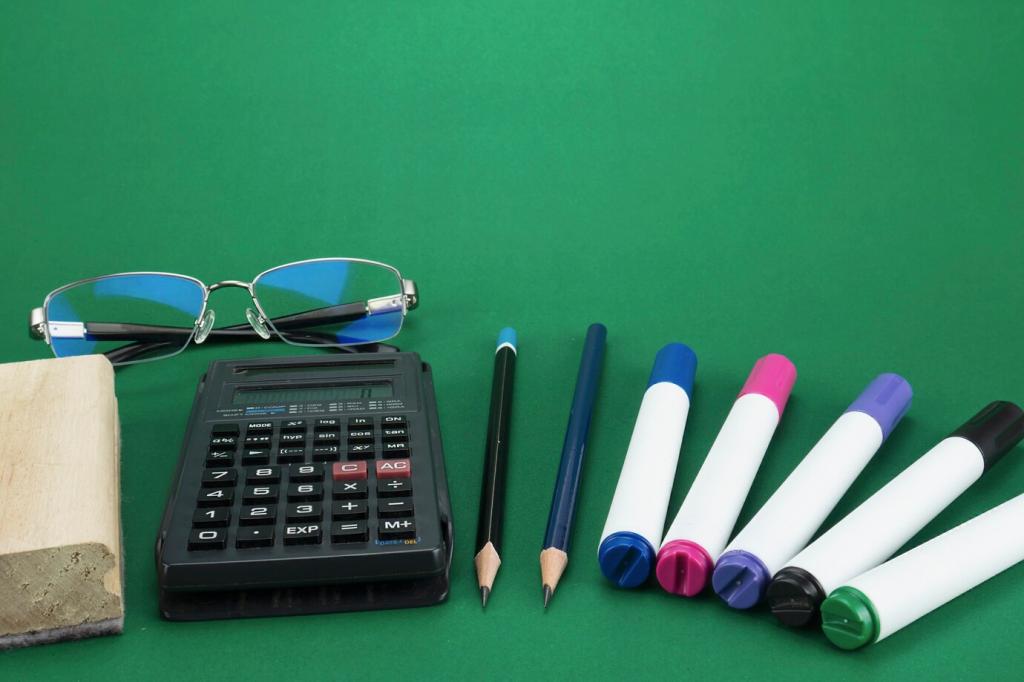Digital Tools for School-Based Financial Literacy
Chosen theme: Digital Tools for School-Based Financial Literacy. Explore engaging, tech-powered ways to teach money skills that stick—blending apps, simulations, and community stories to help every learner build confident, practical financial habits. Join the conversation, share your wins, and subscribe for classroom-ready ideas.


Laying the Digital Foundation in the Classroom
Match tools to developmental stages: primary students thrive with picture-rich allowance apps, while secondary learners benefit from budgeting spreadsheets and brokerage simulators. Begin small, reduce cognitive load, and let features unlock as confidence grows across the semester.
Laying the Digital Foundation in the Classroom
Connect money lessons to your LMS so students find tasks, rubrics, and reflections in one place. Auto-sync grades, attach exemplar budgets, and embed interactive simulations. Smooth access keeps attention on decisions, tradeoffs, and consequences—not on finding the right link.
Gamified Learning that Makes Money Concepts Stick
Use story-driven apps where students plan needs versus wants, face surprise expenses, and manage savings goals. Add class challenges—like a weekly micro-budget sprint—and discuss what strategies worked. Ask students to post tips in a shared board to boost peer learning.

Project-Based Financial Learning with Real Stakes
Digital Portfolios that Capture Growth
Students compile screenshots of budgets, receipts, and reflections in a simple site or portfolio app. A ninth-grader once wrote, “My first plan ignored taxes—fixing it changed everything.” Invite families to comment, strengthening accountability and pride in progress.


Micro-Entrepreneurship with Transparent Books
Groups launch a tiny product or service, using spreadsheets for costs, revenue, and break-even tracking. Charts update live, making pricing mistakes teachable moments. Encourage posts comparing initial assumptions to real data, highlighting resilience, iteration, and honest financial storytelling.



Provide captions, audio summaries, and dyslexia-friendly fonts. Let students demonstrate mastery via voice notes or annotated screenshots. When explanations match learning preferences, confidence rises—and so does the accuracy of budgets, forecasts, and reflective financial decisions.
Accessibility and Inclusion by Design
Track skills like goal-setting, recordkeeping accuracy, comparison shopping, and risk assessment. Color codes signal who needs a mini-lesson or a stretch task. Celebrate streaks of consistent savings behaviors, not just high scores on isolated quizzes or single simulations.


Template Banks and Auto-Feedback
Create reusable budgets, goal sheets, and reflection rubrics. Pair them with conditional formatting that flags common errors. Students get immediate guidance, and you reserve conferences for higher-order analysis, tradeoff discussions, and personalized goal-setting conversations.

Form Automations for Realistic Scenarios
Use forms to trigger branching case studies: a late fee here, an unexpected medical cost there. Students choose responses and watch consequences play out in dashboards. This mirrors life, making reflection and resilience central, not optional, in class routines.

Professional Learning Communities Online
Join educator forums to swap lessons, rubric language, and app settings that work. Share a quick story from your classroom, then steal a brilliant idea for tomorrow. Subscribe to our updates for monthly toolkits and invite a colleague to learn alongside you.
